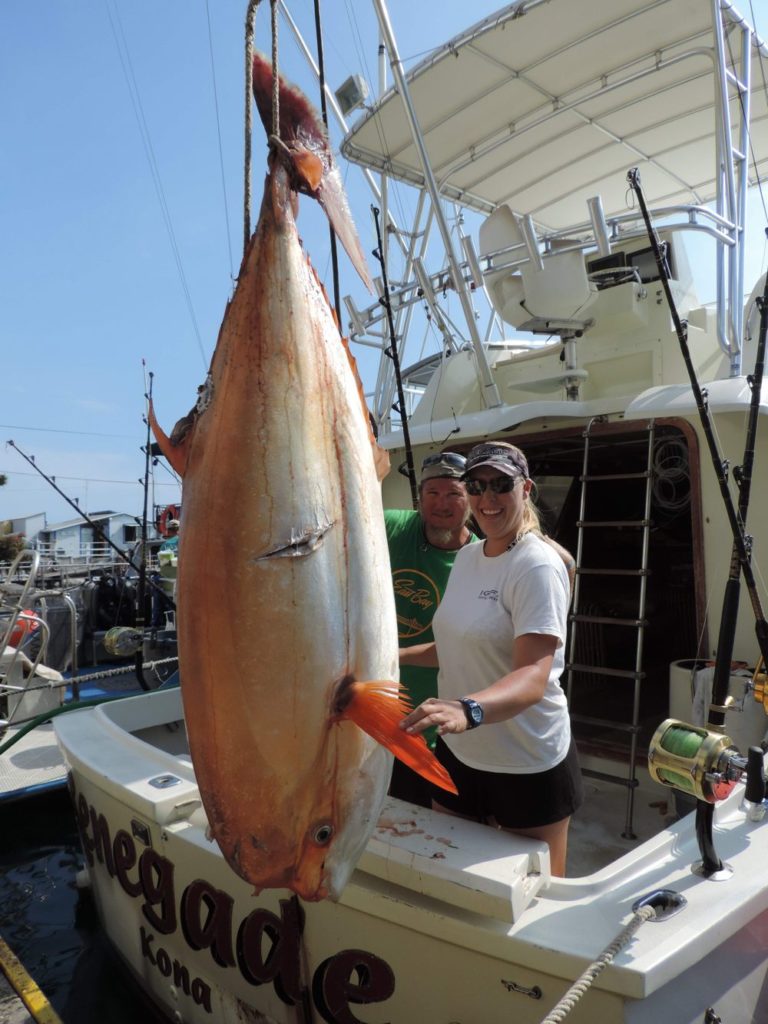
The Louvar — an oceanic oddity from Hawaiian waters
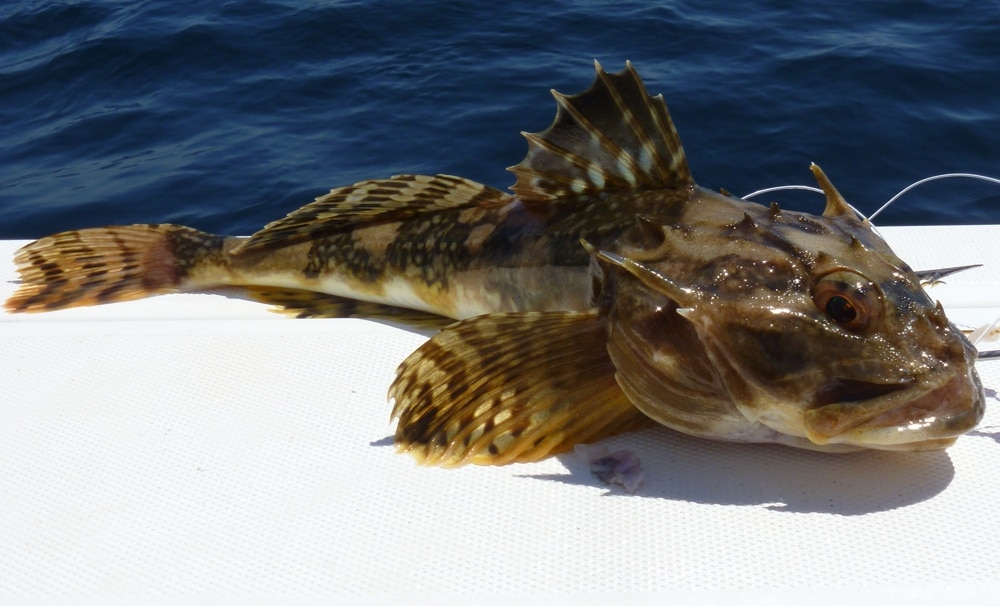
Hook ‘Em Longhorns
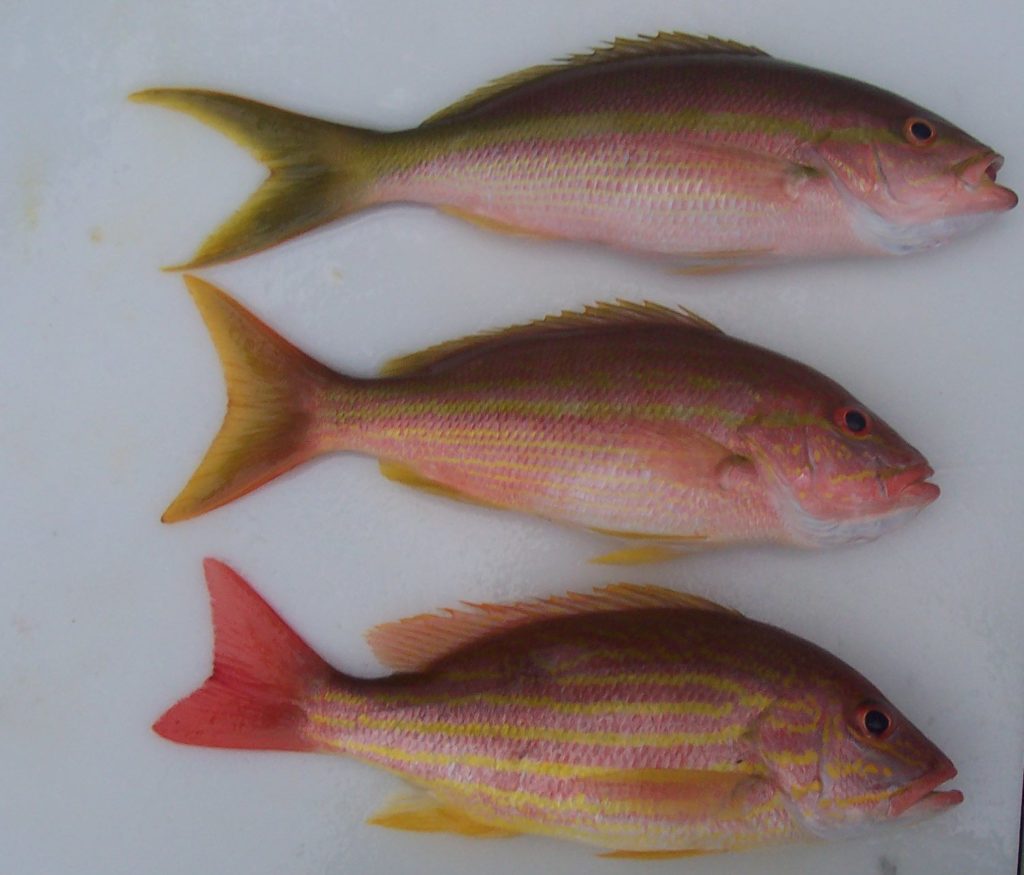
A “Lanetail” Snapper?
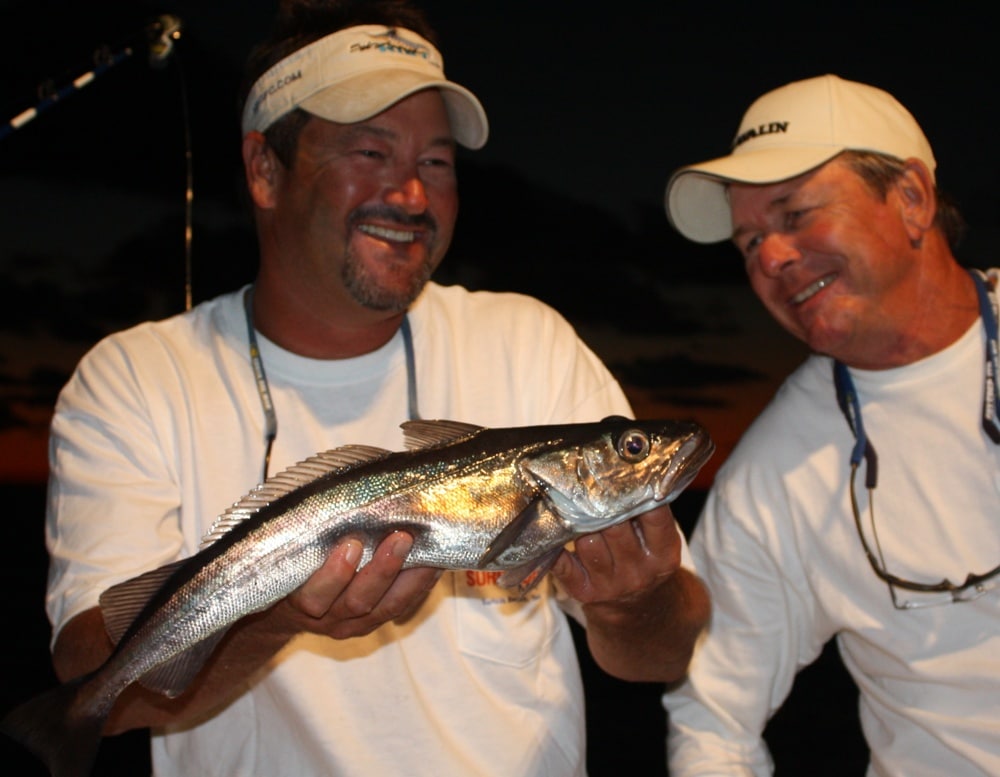
What in the Hake is This?
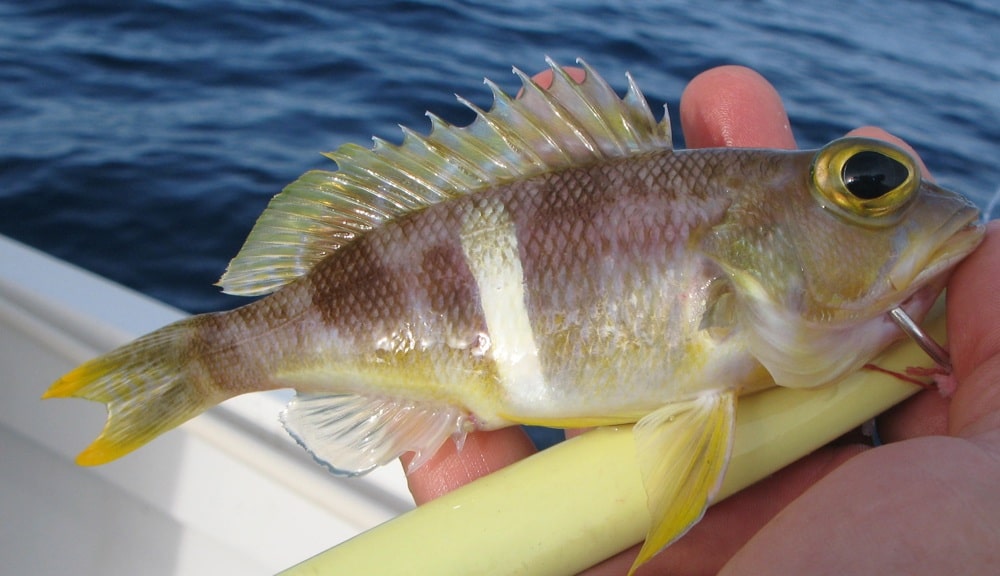





Many products featured on this site were editorially chosen. Sport Fishing may receive financial compensation for products purchased through this site.
Copyright © 2024 Sport Fishing Firecrown. All rights reserved. Reproduction in whole or in part without permission is prohibited.